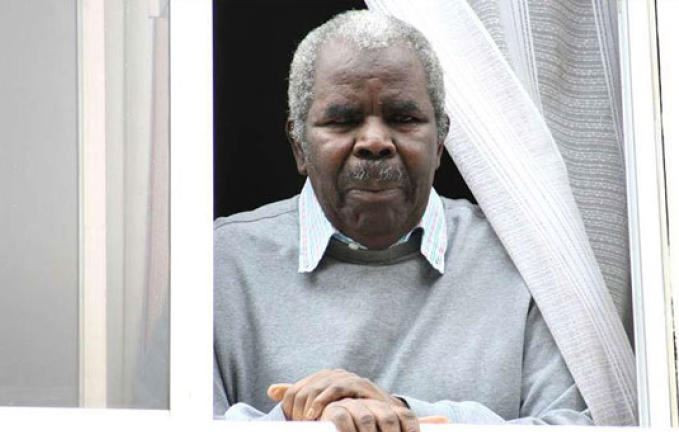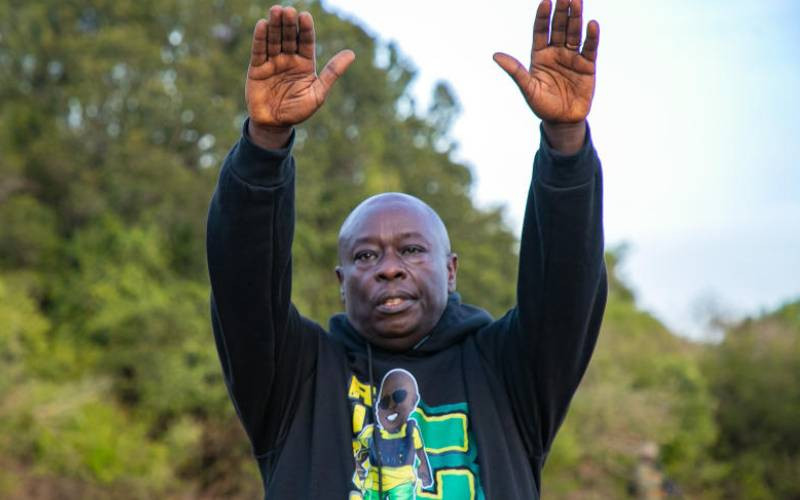
When Rachel Rintelmann closed on her Washington-area home a few years ago, something caught her eye: a paragraph in her deed had been crossed out with a quick X, written in pen.
It restricted who could “use or occupy” the house, allowing “no person of any race other (than) the Caucasian race”.
“I chuckled because it felt so satisfying that I was buying this house that I wasn’t supposed to be buying,” Rintelmann, who is biracial, said by phone from her 1940s-era home in a Maryland community called Indian Springs.
Such clauses, known as restrictive covenants, have been unenforceable since 1948 and illegal since 1968.
But there has never been a process mandated to systematically remove the offending language from property ownership documents.
That is starting to change, with several states passing new laws that make it easier for homeowners to redact restrictive covenants - but only if homeowners like Rintelmann, 37, take the initiative.
Through hours of research, she was able to identify at least 400 homes in her neighbourhood covered by restrictive covenants and assumes there are many more.
She and a few dozen neighbours were the first in their county to take advantage of a new Maryland law that removes filing fees and eases paperwork associated with redacting covenants.
Black ownership
Virginia, Florida and Washington state have also recently passed similar legislation, said Renee Williams, a senior staff attorney with the National Housing Law Project, a nonprofit.
“There’s more cognisance of some vestiges of segregation in a way there hasn’t been before - and a need to remove those vestiges,” she told the Thomson Reuters Foundation.
Restrictive covenants and other restrictions “in large part” resulted in today’s lower levels of Black home ownership, said the National Association of Realtors, citing 2017 government data on white home ownership of nearly 73 per cent versus just 42 per cent among Black people.
Restrictive covenants, which most often excluded potential homeowners by race but also addressed religion, nationality and other factors, were very common during the first half of the 20th century, said Susan Bennett, a law professor at American University in Washington.
“These things are everywhere, all across the country,” she said, noting they are a key root of the wealth gap that exists between white and Black Americans today.
Stay informed. Subscribe to our newsletter
But attention to the esoteric issue is rising, said Bennett, who is leading a pilot project in Maryland to help homeowners remove restrictive covenants.
“There’s been a gradual pickup over the last two to three years. And, of course, the Black Lives Matters movement this spring was responsible for an uptick in interest.”
 The Standard Group Plc is a
multi-media organization with investments in media platforms spanning newspaper
print operations, television, radio broadcasting, digital and online services. The
Standard Group is recognized as a leading multi-media house in Kenya with a key
influence in matters of national and international interest.
The Standard Group Plc is a
multi-media organization with investments in media platforms spanning newspaper
print operations, television, radio broadcasting, digital and online services. The
Standard Group is recognized as a leading multi-media house in Kenya with a key
influence in matters of national and international interest.
 The Standard Group Plc is a
multi-media organization with investments in media platforms spanning newspaper
print operations, television, radio broadcasting, digital and online services. The
Standard Group is recognized as a leading multi-media house in Kenya with a key
influence in matters of national and international interest.
The Standard Group Plc is a
multi-media organization with investments in media platforms spanning newspaper
print operations, television, radio broadcasting, digital and online services. The
Standard Group is recognized as a leading multi-media house in Kenya with a key
influence in matters of national and international interest.










